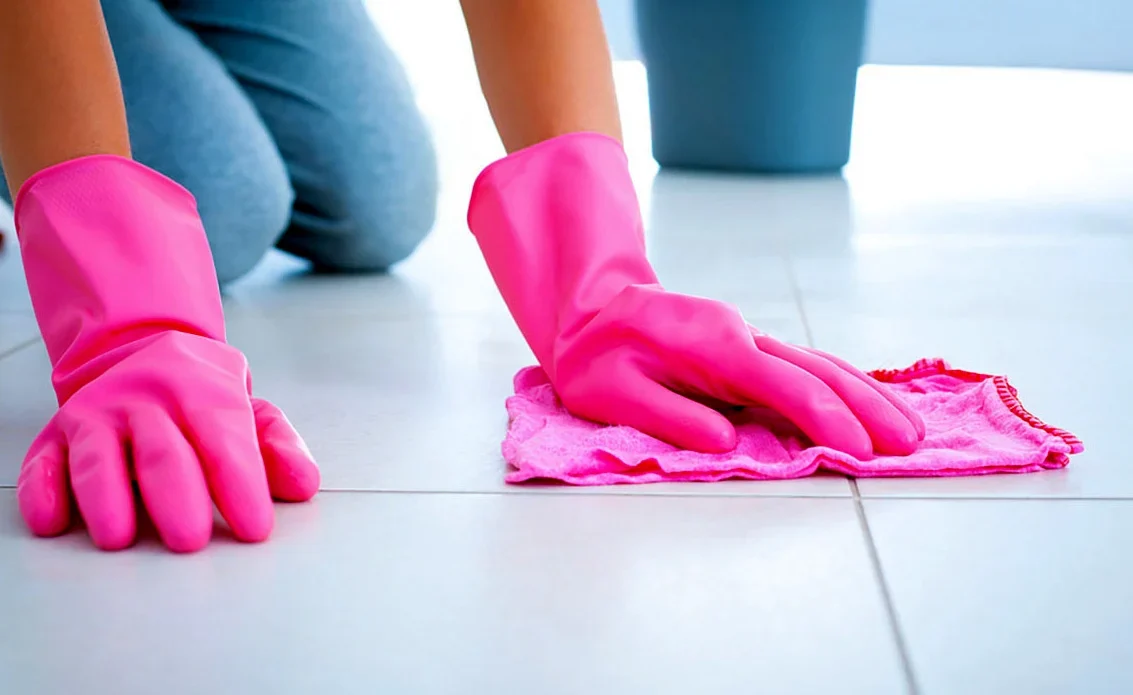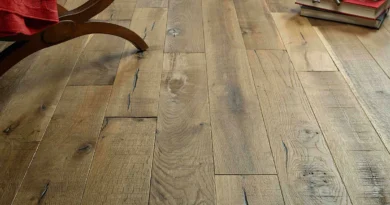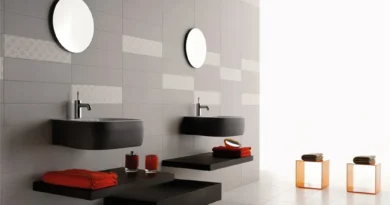Cleaning and Maintaining your Tiles
Tiles differ in size, style, color, and price, and often they are set as flooring in many homes and working spaces because of their easy cleaning and maintenance. Inner or outer ceramic tiles for floors and walls are easily maintained if some basic procedures are followed.
One of the market leaders when it comes to cleaning products of any type of flooring is Emsal.
Terracotta Tiles
Although they may also be smooth (ground), a reddish to reddish-yellowish color and a rough surface is typical for terracotta tiles.
Terracotta is a very open-pore stone tile covering susceptible to dirt. If the rough surface of the tile is left untreated the mop does not glide smoothly over the floor.
Note: some tiles are impregnated with special oils/waxes immediately after laying or by the manufacturer; this means that they cannot later be treated with self-gloss emulsions.
Basic cleaning: Emsal Basic Cleaner can be diluted in water and used for very stubborn dirt, e.g. after renovation work. Remember to leave sufficient time to dry after basic cleaning to remove old gloss coats.
First treatment: Apply Emsal Ceramic & Stone to the floor and transform the matte surface into a self-gloss appearance. Newly laid Cotto coverings should be left to dry for at least eight weeks before initial treatment.
Ceramic Tiles
Stoneware tiles are dense ceramic tiles with a microporous surface, making them highly resistant to water absorption.
These tiles have a hard surface, offering excellent resistance to abrasion, color fading, and chemicals.
Note: As the fine pores on the surface can trap dirt in heavily polluted environments, special attention should be given to residence time and thorough wiping using the appropriate cleaning agent.
First treatment: Gloss-enhancing emulsions should not be used on fine ceramic tiles. They do not adhere to the surface.
Glazed Ceramic Tiles
Glazed ceramic tiles one can find in fine ceramic floor tiles and rough ceramic floor slab forms, such as clinker slabs and cleft clinker. Glazed ceramic tiles have a hard surface, making them durable, colorfast, and chemical resistant. The glaze provides a thin, matte, or shiny vitreous coating, ensuring impermeability.
Unglazed Ceramic Tiles
Unglazed tiles do not have a layer of glassy enamel, giving them a slightly rougher feel.
Note: the porosity of unglazed tiles may lead to increased soiling and more complicated cleaning.
Cleaning Techniques for All Tiles
Basic cleaning: Our recommendation for cleaning stubborn dirt, especially around the grouting, or removing existing layers of polish is Emsal Basic Cleaner. For deep cleaning (for example, after renovation), dilute the basic cleaner in water. Do not forget to leave enough time for a cleaner to dry up after the basic cleaning.
Regular Cleaning and Care: Add two capfuls of Emsal Ceramic & Stone to a bucket (5 liters) of lukewarm water. Clean as usual using a damp, well-wrung-out mop. Emsal Ceramic & Stone does not deposit a film; there’s no need to pre-clean with a basic cleaner to remove old layers.



